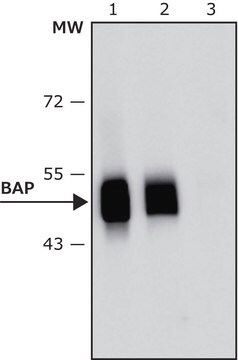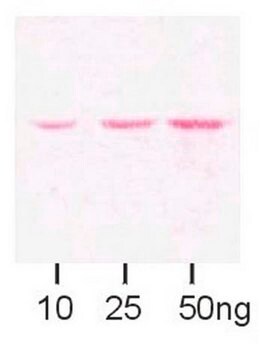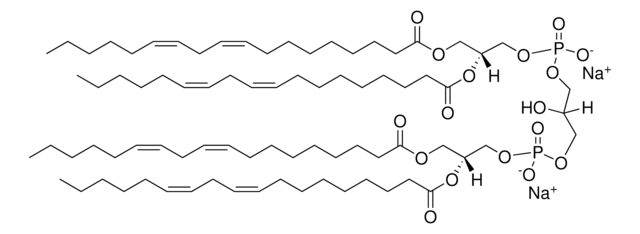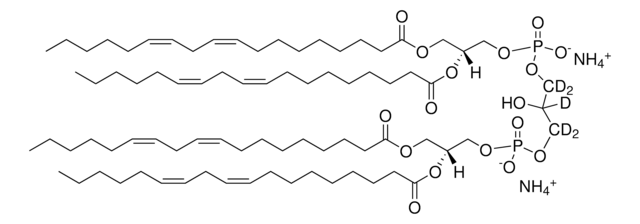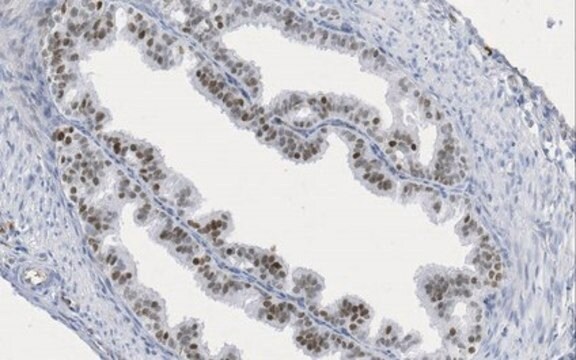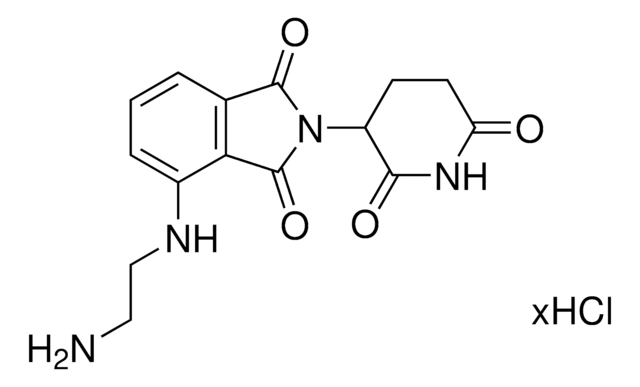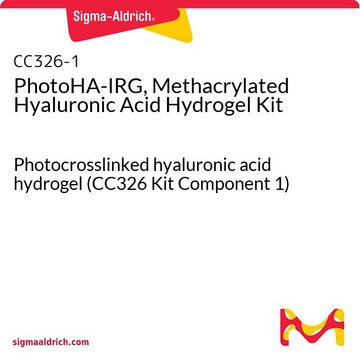ABS1644
Anti-DsbA-L
from rabbit
Synonyme(s) :
Glutathione S-transferase kappa 1, EC:2.5.1.18, GST 13-13, GST class-kappa, GSTK1-1, mGSTK1, Glutathione S-transferase subunit 13
About This Item
Produits recommandés
Source biologique
rabbit
Forme d'anticorps
unpurified
Type de produit anticorps
primary antibodies
Clone
polyclonal
Espèces réactives
mouse, human
Conditionnement
antibody small pack of 25 μL
Technique(s)
immunocytochemistry: suitable
immunoprecipitation (IP): suitable
western blot: suitable
Isotype
IgG
Numéro d'accès NCBI
Numéro d'accès UniProt
Conditions d'expédition
ambient
Modification post-traductionnelle de la cible
unmodified
Informations sur le gène
mouse ... Gstk1(76263)
Description générale
Spécificité
Immunogène
Application
Western Blotting Analysis: A representative lot detected DsbA-L in mouse brain, mouse kidney, and mouse liver (Liu, M., et. al. (2008). Proc Natl Acad Sci USA. 105(47):18302-7; Lui, M., et. al. (2015). J Biol Chem. 290(16):10143-8).
Immunoprecipitation Analysis: A representative lot detected DsbA-L in 3T3-L1 adipocytes (Liu, M., et. al. (2008). Proc Natl Acad Sci USA. 105(47):18302-7; Lui, M., et. al. (2015). J Biol Chem. 290(16):10143-8).
Immunocytochemistry Analysis: A representative lot detected DsbA-L in adipocytes on differentiation day 7 were used for the following studies. confocal immunofluorescence study of DsbA-L co-localization with the mitochondrial marker (MitoTracker) and the ER marker (PDI) in 3T3-L1 adipocytes (Lui, M., et. al. (2015). J Biol Chem. 290(16):10143-8).
Signaling
Qualité
Western Blotting Analysis: A 1:1,000 dilution of this antibody detected DsbA-L in 10 µg of mouse kidney tissue lysate.
Description de la cible
Forme physique
Stockage et stabilité
Autres remarques
Clause de non-responsabilité
Vous ne trouvez pas le bon produit ?
Essayez notre Outil de sélection de produits.
Classe de danger pour l'eau (WGK)
WGK 1
Certificats d'analyse (COA)
Recherchez un Certificats d'analyse (COA) en saisissant le numéro de lot du produit. Les numéros de lot figurent sur l'étiquette du produit après les mots "Lot" ou "Batch".
Déjà en possession de ce produit ?
Retrouvez la documentation relative aux produits que vous avez récemment achetés dans la Bibliothèque de documents.
Notre équipe de scientifiques dispose d'une expérience dans tous les secteurs de la recherche, notamment en sciences de la vie, science des matériaux, synthèse chimique, chromatographie, analyse et dans de nombreux autres domaines..
Contacter notre Service technique